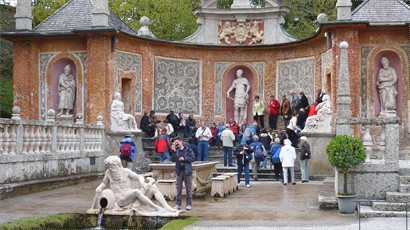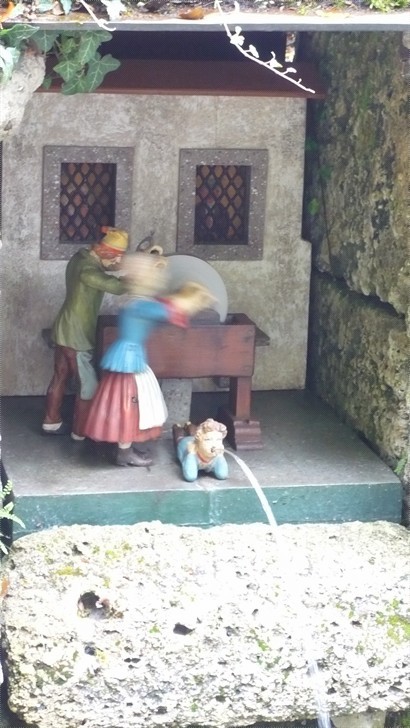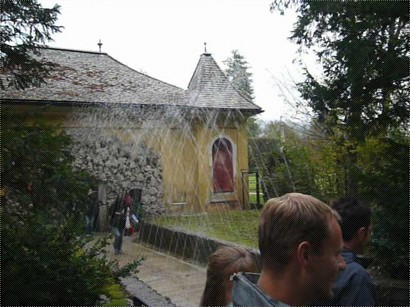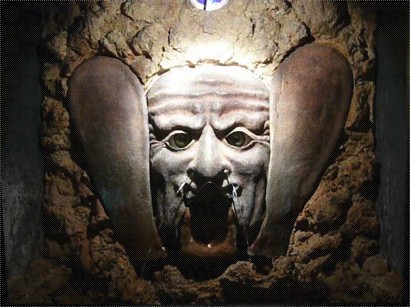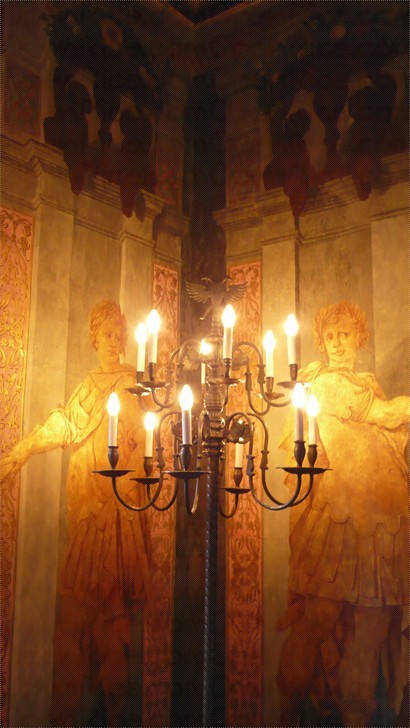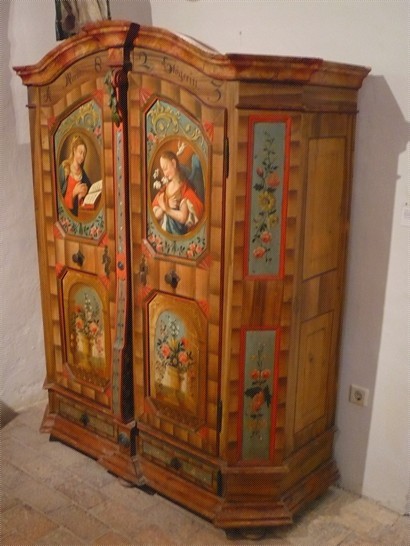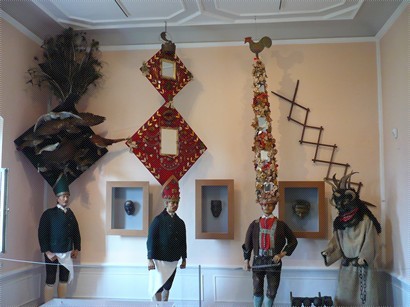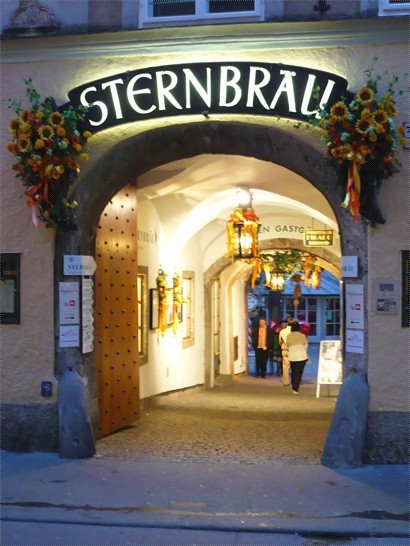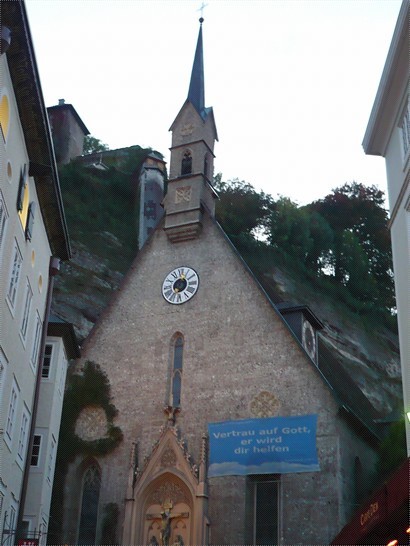Hellbrunn Palace (German: Schloss Hellbrunn) is an early Baroque villa of palatial size, near Morzg, a southern district of the city of Salzburg, Austria. It was built in 1613-19 by Markus Sittikus von Hohenems, Prince-Archbishop of Salzburg, and named for the "clear spring" that supplied it. Hellbrunn was only meant for use as a day residence in summer, as the Archbishop usually returned to Salzburg in the evening. Therefore, there is no bedroom in Hellbrunn.
The schloss is also famous for its jeux d'eau ("watergames") in the grounds, which are a popular tourist attraction in the summer months. These games were conceived by Markus Sittikus, a man with a keen sense of humour, as a series of practical jokes to be performed on guests. Notable features include stone seats around a stone dining table through which a water conduit sprays water into the seat of the guests when the mechanism is activated. Other features are a mechanical, water-operated and music-playing theatre built in 1750 showing various professions at work, a grotto and a crown being pushed up and down by a jet of water, symbolising the rise and fall of power. At all of these games there is always a spot which is never wet: that where the Archbishop stood or sat, to which there is no water conduit and which is today occupied by the tour guide.
Hellbrunn stands in a large park with a neighboring zoo, a stone theater and a small building known as the Monatschlossl, or the "little month-palace",as it was built during the period of one month after a visitor commented to Sittikus that a building on the hill would improve the view from one of the schloss' windows. The archbishop took heed of his advice, and when the visitor returned a month later the Monatschlossl was built. It now houses the ethnographical section of the Carolina Augusteum Museum of Salzburg.
 2010-08-12
2010-08-12 2010-08-12
2010-08-12 2010-08-12
2010-08-12 2010-08-12
2010-08-12 2010-08-12
2010-08-12 2010-08-12
2010-08-12









 遊記數目
遊記數目  上載相片
上載相片  上載影片
上載影片 

